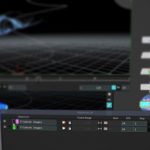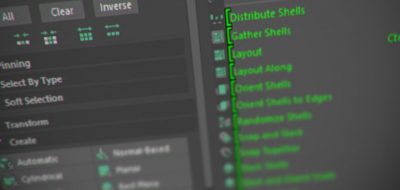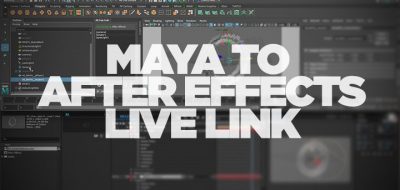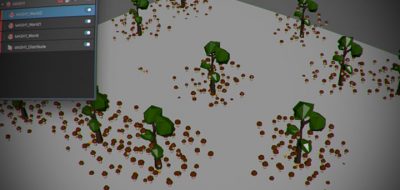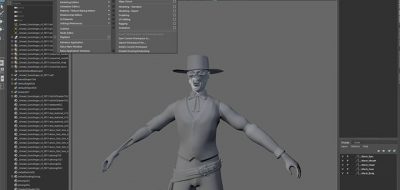Autodesk has released May 2017 Update 3, that includes some significant new features and tweaks. Ranging from a brand new UV editor to Viewport 2 additions and changes, to new deformers and workflow enhancements right across the board, there is a lot to dig into in Update 3. There are also some nice additions to the motion graphics toolset in Maya, including a live link to After Effects.
MASH also added new World and Placer nodes in addition to the new live link feature. Working live means that you can have both Maya and After Effects open and see changes live between the two applications. You can view a scene in both Maya and After Effects, and update it in real time. [visit the what’s new in Maya 2017 update 3 page for complete features and additions]
A New Live Link to After Effects
The live link to After Effects can exchange compatible elements and export data from Maya to Ae and back again. Although the compatible elements list is limited, what is there can be quite helpful within a motion graphics or VFX workflow between Maya and Ae.
Some compatible elements include:
- Cameras (including Transforms, Focal Length / Aperture, Zoom)
- Spot, Point, and Ambient Lights (including Transforms, Intensity, Color, Cone)
- Groups (converted to Nulls)
- Locators (including Transforms)
- Planes (to adjust size, scale a 1×1 plane. Do not use Width / Height).
- Meshes (converted to Solids)
Exported Data can include:
- Position
- Rotation
- Scale
- Intensity, Cone Angle, and Color (for lights)
To set up a link you will have to have the Autodesk Maya Live Link extension installed for After Effects, which you can get for free here. then it is just a matter of having both Maya and After Effects running. In After Effects, select Window > Extensions > Autodesk Maya Live Link, and in Maya, File > Adobe® After Effects® Live Link. Hitting the link button will sync the two applications together.
Some New MASH Nodes That Look Great
Maya’s Motion Graphics Toolkit, MASH gets some new and interesting nodes, with a World Node for creating ecosystems, a Placer Node for editing existing instances, and a ton of node enhancements across the board.
World Node
MASH’s world node lets you arrange objects in natural clusters around objects in the scene. This can be useful for creating plants around trees, or rock arrangements. There are a variety of cluster modes to choose from: Sphere, Disc, Circle, Fibonacci, Map Based, and Terrestrial Ecosystem. The Terrestrial mode, when simulated, treats the starting points as seeds, which then can age into plants, which in tern sew new seeds. Interesting stuff!
Placer Node
The placer node lets you paint or move, rotate, scale existing instances, giving you much more artistic control over MASH’s procedural workflows.

